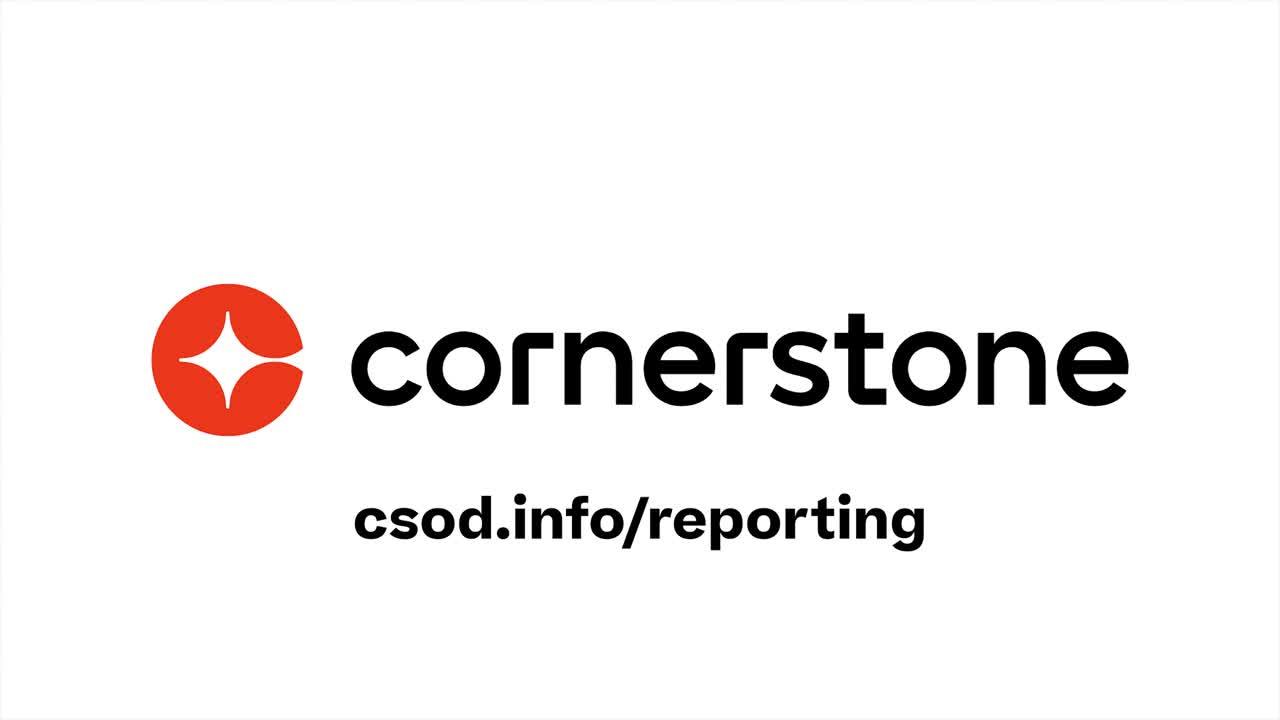Articolo
Measuring what matters: Getting started with reporting and analytics
If you can’t measure it, you can’t manage it. While there are endless variations and misattributions of that line, it’s not a bad box to tick when getting serious about setting strategy for reporting and analytics. After all, it’s generally helpful to know whether what you’re doing is working. But that doesn’t go quite far enough. Go beyond what you manage; measure what matters.
What matters at the organizational level will not always mirror what matters at the departmental or individual level. For example, you may track user logins, content consumption, and course completions – all of which can be important indicators that you have the right strategies in place for user adoption and change management. Ultimately, though, those engagement numbers likely aren’t the metrics that matter most to the organization. When we start thinking about what’s most important, we generally land on three missions:
- Reduce cost
- Increase profitability
- Reduce risk
Reduce cost
You may rely on manual assembly of your reports on a regular basis. Perhaps you’re using an Excel spreadsheet for calculations and then reporting out to senior leaders. If so, you don’t need to be told that this can be a time-consuming task – but how much time? Take a step back to consciously observe the duration of the full end-to-end process. How many systems are touched? How many people are involved? How many hours?
You can use those answers to estimate the savings of automated reporting. Cost reduction in reporting boils down to efficiency – and not only does manual reporting tend to chew up a lot of time but it can also introduce greater opportunities for inaccuracies as the number of involved systems and people climbs.

Increase profitability
The recommended metric here is simply an increase in wallet share. Pretty straightforward. Get more customers paying for your products or services. Of course, profitability doesn’t always apply; if you’re working in a public sector organization, you may have your own goal here like increasing student population or increasing efficiencies.
Reduce risk
In the talent management world, protecting your organization may mean making sure your employees are trained on mandatory courses, or that they’re receiving specific technical training. As a big bonus: safety and accountability also impact profitability.
Tackling all three of these areas simultaneously isn’t necessary. Narrow it down even further – what matters most in the “what matters most” list? Focus on one to start, based on your organization’s needs, then craft your strategy from there.
Risorse correlate
Vuoi continuare a imparare? Scopri i nostri prodotti, le storie dei clienti e gli ultimi approfondimenti del settore.
Post del blog
Tre tendenze in ambito HCM che non puoi ignorare nel 2023
Le aziende sono al centro della tempesta perfetta. Una congiuntura economica sempre più complessa, instabilità geopolitica, crisi del costo della vita, carenza di competenze e sostenibilità sono solo alcuni dei fattori che obbligano le organizzazioni a modificare rapidamente la rotta per contrastare le minacce.
Post del blog
Creare connessioni tra lavoratori con la gamification delle risorse umane
Ogni generazione di lavoratori porta con sé esperienze e aspettative diverse in azienda, talvolta provocando frizioni e incomprensioni con le generazioni precedenti. In particolare, negli ultimi anni l'accelerazione del processo di digitalizzazione ha evidenziato un sempre più profondo divario generazionale, acuendolo più che mai.
Post del blog
LinkedIn Live: spunti per coltivare l'agilità in azienda
Steve Goldberg, esperto di ricerca e analisi in ambito Human Capital Management, e Jennifer Borun, Direttrice senior e Analista in ambito relazioni e coinvolgimento strategico, si sono confrontati in un LinkedIn Live sugli approcci da adottare per aiutare la propria azienda a risolvere i problemi all'orizzonte e imporsi in un mercato dominato dalla volatilità.